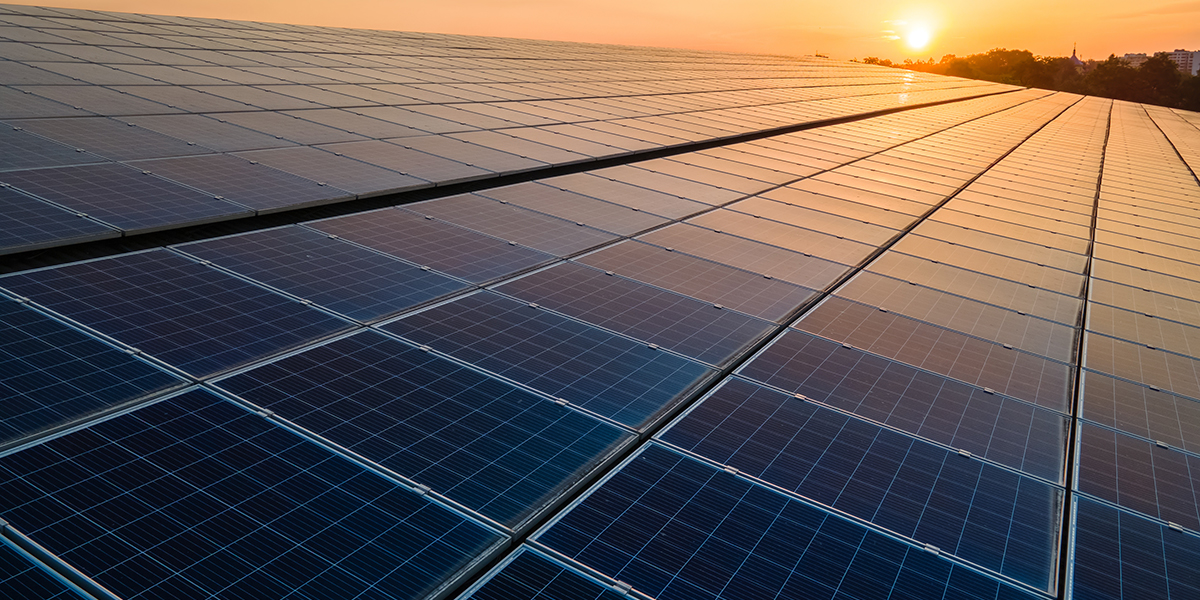Solar farm leases provide landowners with an opportunity to make productive use of their land by contributing to renewable energy generation while also receiving financial compensation for leasing their property to solar energy companies.
In some cases, landowners can further maximize the value of their land or lease by entering into what is known as a “lease buyout.”
Solar farm lease buyouts are offered by companies who seek to purchase the rental or royalty income associated with your lease in return for a lump-sum payout.
Maximizing the value of your solar farm lease involves several key strategies to optimize the financial benefits of your solar energy project.
Whether you’re a solar farm developer or landowner considering leasing your land for solar development, here are some essential steps to enhance the value of your solar farm lease:
-
Choose the Right Location: Location is crucial for solar farm success. Opt for a site with high solar irradiance, minimal shading, and suitable weather conditions. Proximity to transmission lines and substations can also reduce interconnection costs and increase the lease value.
-
Negotiate Favorable Lease Terms: Work with experienced legal and financial advisors to negotiate lease terms that are advantageous to your side. Key considerations include lease duration, rental rates (fixed or escalating), early termination penalties, and renewal options.
-
Secure a Long-Term Lease: Longer lease terms typically offer better value as they provide stability for both the developer and the landowner. Solar farm projects often have long payback periods, so a more extended lease allows the developer to recoup their investment and generate profits.
-
Understand Project Development Timelines: Familiarize yourself with the solar farm development timeline. Leases often include rent-free periods during the development phase. Understanding the development milestones will help you plan for expected rental payments and revenue.
-
Consider Incentives and Tax Credits: Stay informed about local, state, and federal incentives or tax credits available for solar energy projects. These financial incentives can attract developers and increase the lease value.
-
Incorporate Land Use Flexibility: If possible, structure the lease to allow for other compatible land uses. For instance, combining solar farming with grazing for livestock can provide additional income streams and foster sustainable land use. It’s important to remember, the installation of the solar facilities could cause land outside of the project boundaries to be unsuitable for alternative uses like farming or grazing. In those instances, it’s important to be compensated for the land that is unsuitable as a result of the solar operations.
-
Account for Inflation and Escalation: Include provisions in the lease that account for inflation or rental rate escalation over time. This protects against the diminishing value of money and ensures the lease keeps pace with the market.
-
Encourage Local Community Engagement: Demonstrating positive community impacts can improve the public perception of the solar project and potentially influence decision-makers, leading to smoother permitting processes and approvals.
-
Address Environmental and Land Restoration: Outline the process for land restoration once the lease expires. Ensuring the land will be returned to its original state or an agreed-upon condition can strengthen the developer’s commitment to sustainable practices.
-
Evaluate Multiple Offers: If multiple developers express interest in leasing your land, compare their offers carefully. Consider not only financial aspects but also the developer’s reputation and commitment to environmentally responsible practices.
-
Monitor Market Trends: Stay informed about the solar energy market and lease rates in your region. Market demand and energy policies can impact the value of your lease over time.

